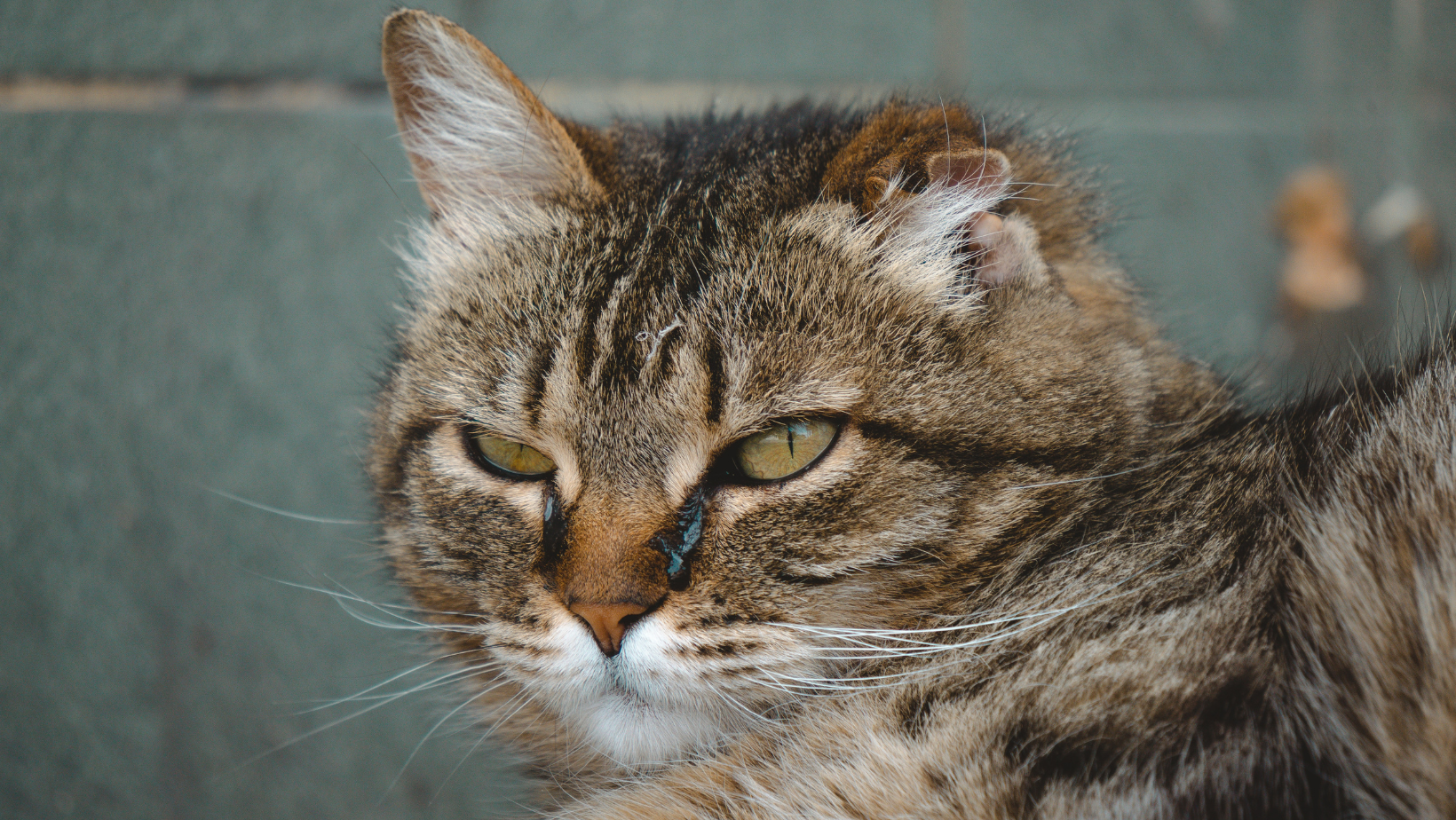How to Read Cat Behavior to Reduce the Risk of Cat Biting

The easiest approach to prevent cat bites is to become familiar with the signs that a cat is beginning to feel uncomfortable in a given circumstance. You may prevent stressful situations and make sure that your relationship with your cat grows stronger and healthier by knowing your cat’s body language. In blog we will discuss how to stop your cat biting you?
Russell Hartstein, a trained pet behaviourist, stated that miscommunication between species is frequently to blame for cat aggression and biting. Cat behaviour and body language are excellent predictors of a cat’s mood and can let you know how comfortable your cat is at any given time.
The Danger of Cat Bites
Cat bites do not go unnoticed, even though dog bites typically make the news. About 20 to 80 percent of cat bites result in infection, according to the Centers for Disease Control and Prevention. Even if a cat bite seems minor at first, they can be very serious.
In addition to the possibility of getting sick from cat bites, getting rabies is another worry. According to the CDC, rabid cats were reported more than four times as frequently in 2014 than rabid dogs. This discrepancy is attributable to cat owners not taking their pet to the vet as frequently as dog owners do for necessary vaccines (especially for rabies).
That is just one of the many reasons it is so important for you to be a responsible cat owner and provide your cat regular veterinarian care, including any necessary vaccinations.
How Do I Know If I Am at Risk of My Cat Biting Me or Others?
Most cats only bite when absolutely necessary. They typically offer you lots of cues through their behaviour and body language to let you know they need some space before biting.
Consider the scenario from the perspective of your cat. He has repeatedly told himself that he needs you to cease doing whatever it is that scares or stresses him out. He is forced to take leadership since you are ignoring him.
How to stop your cat biting you: Your cat won’t feel the urge to bite you if you can learn to recognise their behavioural clues.
Tail-twitching. The act of a cat twitching its tail indicates that it is becoming anxious and does not wish to be bothered.
Rounded ears Look for ears that are rounded on the back and sides.
Eye form. Slanted, squinting, or having abnormally round eyes with dilated pupils can be signs of tension or fear in a cat.
Whisker placement. Angry cats may hold their whiskers back from their faces.
Rolling on his back If threatened, a cat may roll onto his back. Cats will occasionally roll onto their backs so they can bite and scratch with all four feet, which some people might mistake for submission, similar to when a dog does the same.
Crouching position Cats that are agitated may adopt hunched attitudes and lift their fur to appear larger and more frightening.
Snarling and hissing These are a few of the final cautionary signals a cat will issue before striking. Before biting, not all cats hiss or growl.
What Human Behavior Can Lead to Cat Bites and Aggression?
According to Dr. Valarie Tynes, DVM, President of the American College of Veterinarian Behaviorists and a veterinary services specialist with Ceva Animal Health in Sweetwater, Texas, “it is a major problem when a person fails to understand a cat’s body language.” It’s unfortunate that a cat’s body language can be imperceptible to pet owners.
“As a general rule, a cat will walk away from you if they don’t want to interact with you,” says the author. Unfortunately, a lot of people approach animals even when they run away from them.
Dr. Tynes advises sitting and waiting for the cat to approach you if you wish to communicate with it. It should be okay to pet your cat if he initiates contact by leaping on your lap or approaching you and giving you a friendly head nudge. Watch his body language nonetheless. Some cats can only tolerate being caressed for brief intervals before they begin to get restless. Never pursue, seize, or embrace a cat that is fleeing from you.
It’s crucial to keep an eye on your cat’s behaviour around kids and visitors and provide him with safe hiding places so he won’t feel frightened or cornered.
“Cat owners who are aware that their cat does not enjoy being pursued should politely inform their guests. Tell kids that chasing the cat is dangerous, especially if it’s running away, Dr. Tynes advised. “Put your cat or dog in a safe area with everything he or she needs, including a litter box, food, water, and perch,” the advice goes.
Stress and Your Cat
Following a cat that is not interested in interaction is stressful and perhaps harmful for both people and animals.
Dr. Tynes asserts that cats exhibit human-like levels of dread and anxiety.
According to Hartstein, cats who are frequently under stress may become unwell or perhaps have shorter lifespans.
No animal desires to be under chronic stress, he claims. “It has a negative impact on both the length and quality of their lives. Just as you should respect preferences in any other relationship, you should do the same with your cat.
How to stop your cat biting you
By giving them toys that they can happily bite and claw at, you can encourage them to use this instinct while diverting their attention away from your limbs. When your cat bites and scratches at its toys, reward it with attention and a tasty food.





